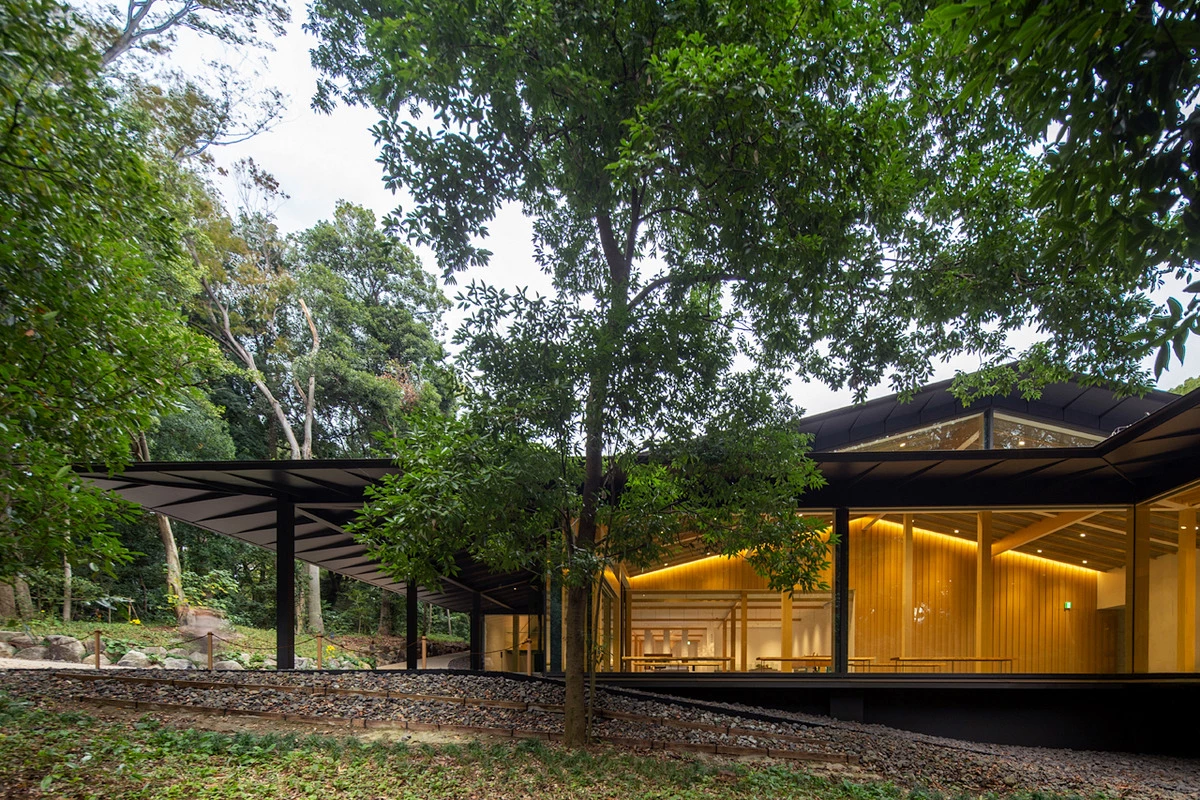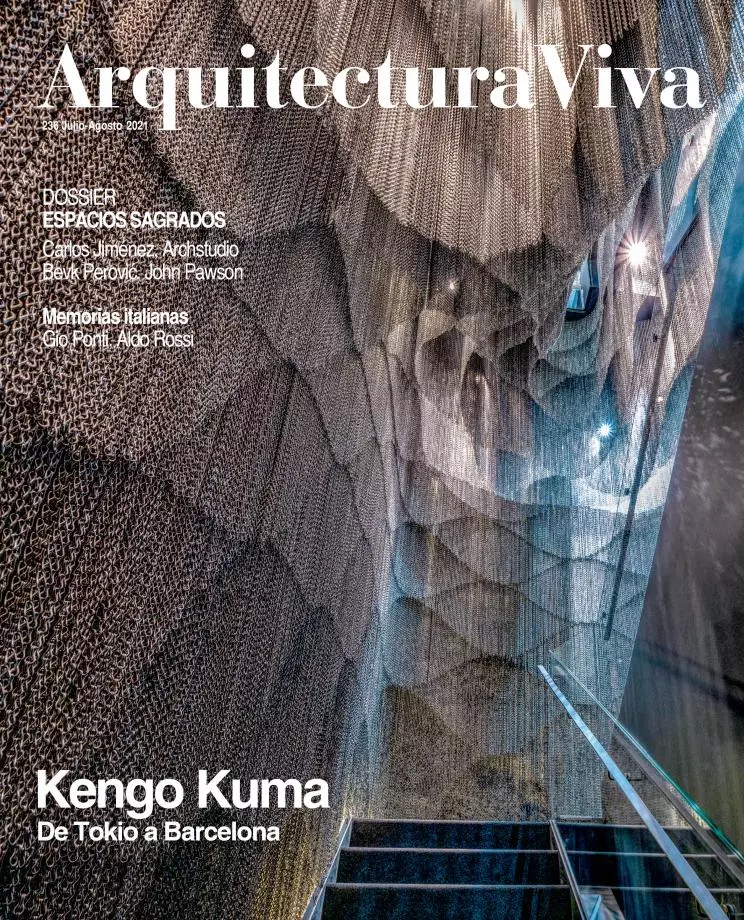Meiji Jingu Museum, Tokyo
Kengo Kuma- Typologies Culture / Leisure Museum Place of worship Religious / Memorial
- Material Wood
- Date 2019
- City Tokyo
- Country Japan
- Photographer Kawasumi - Kobayashi Kenji Photograph Office
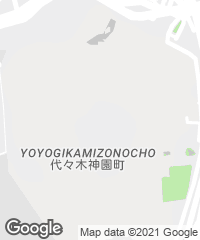
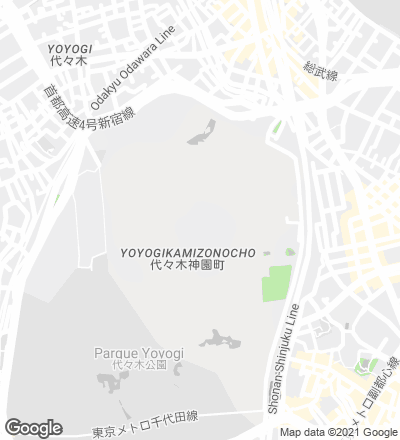
Situated next to Yoyogi Park in the Tokyo ward Shibuya, the Meiji Jingu Shrine is a Shinto temple dedicated to the deified spirits of Emperor Meiji (1852-1912) and his consort, Emperor Shôken (1849-1914). Blending with the surrounding trees, the new museum by the Japanese architect Kengo Kuma exhibits art and cultural properties moved from elsewhere on the premises, such as the carriage used by Emperor Meiji on the day he signed the Japanese Constitution. The sanctuary's history is explained in several pavilions, as is that of the large woodland around, with its over 100,000 trees brought in from different parts of the archipelago when the emperor died.
To vanish in the vegetation, the building scales down by fragmenting its roof and keeping the eaves low. The wood of the trees felled during construction was used to make furniture and other elements inside.
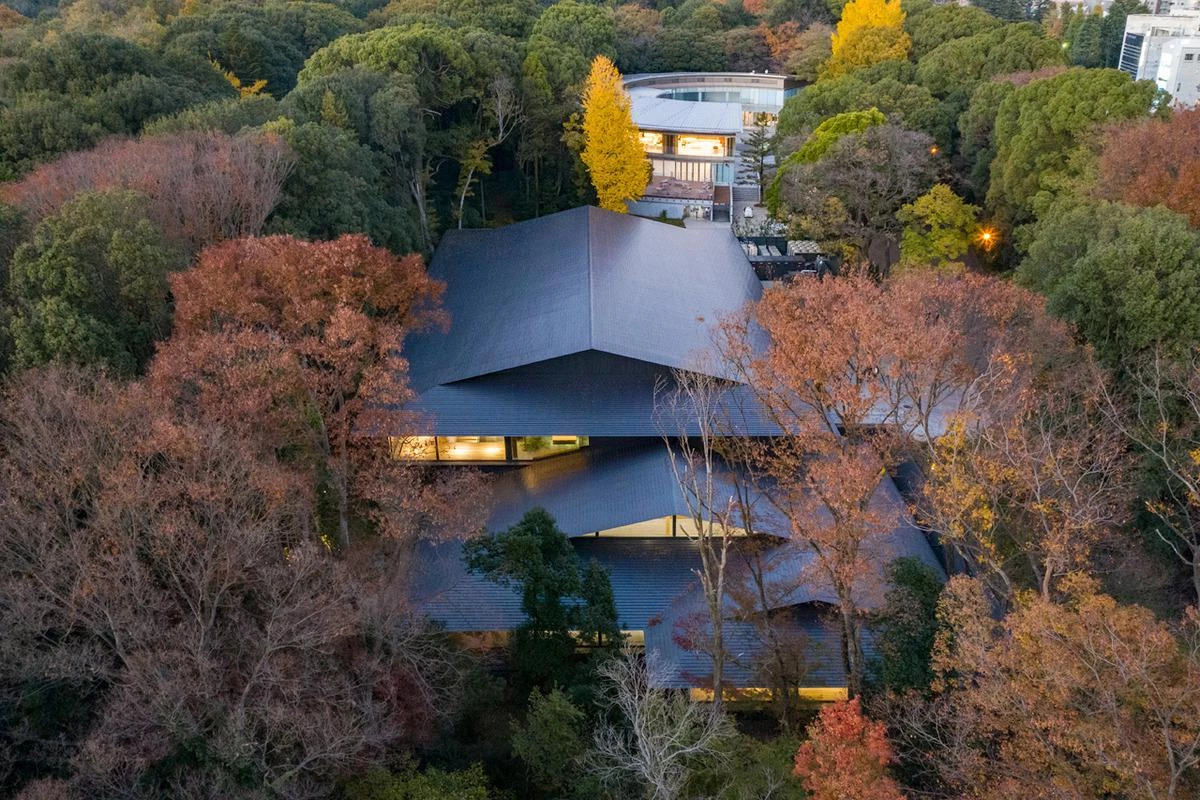
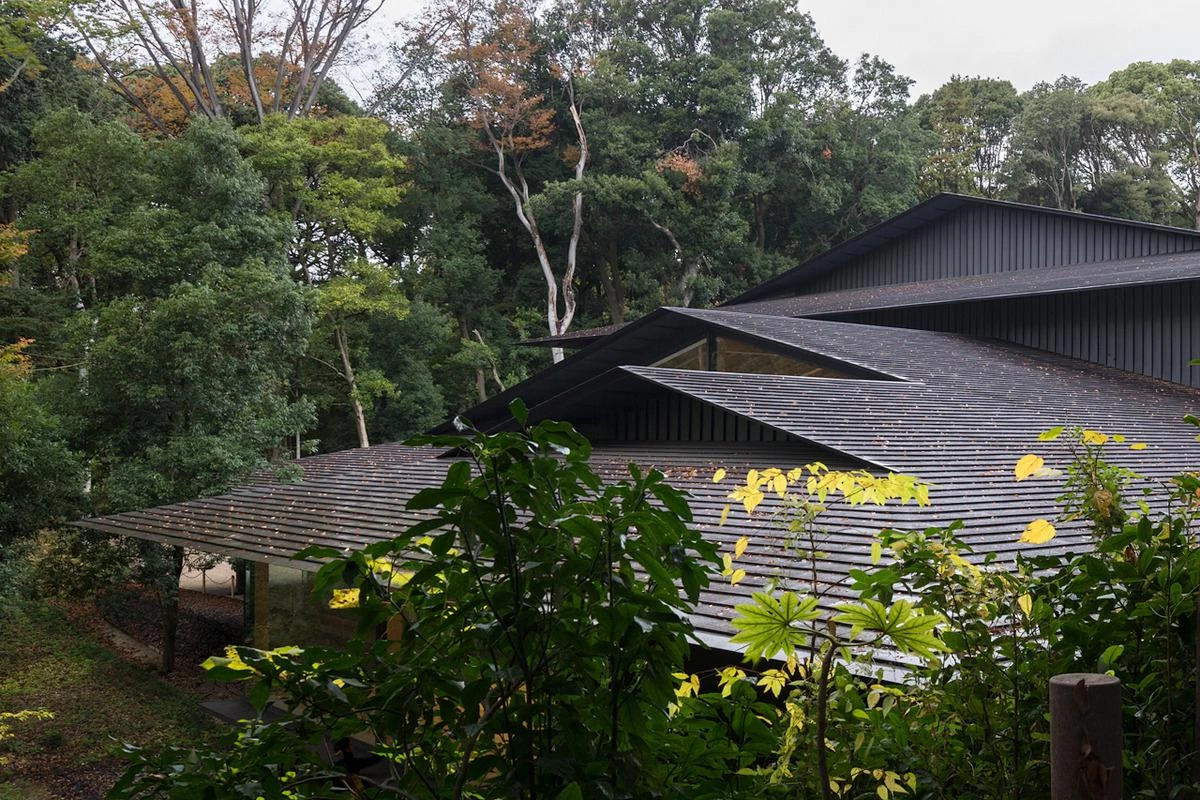
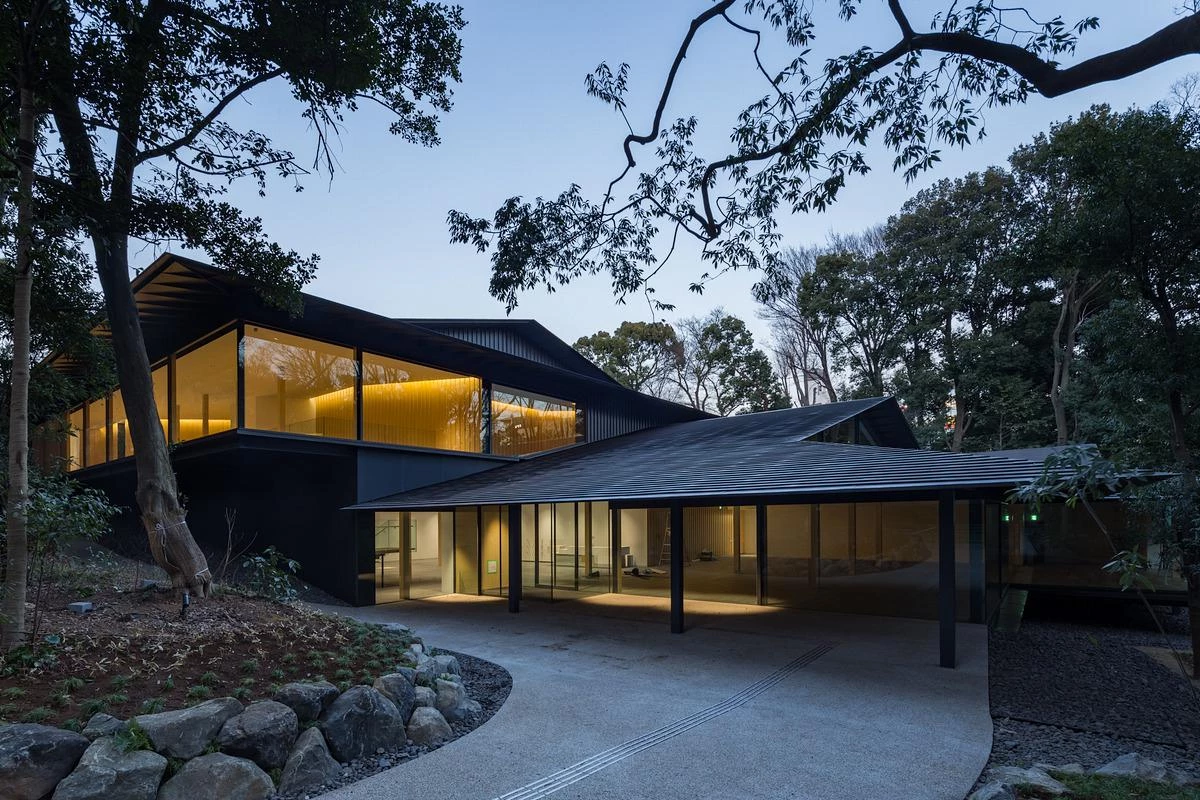
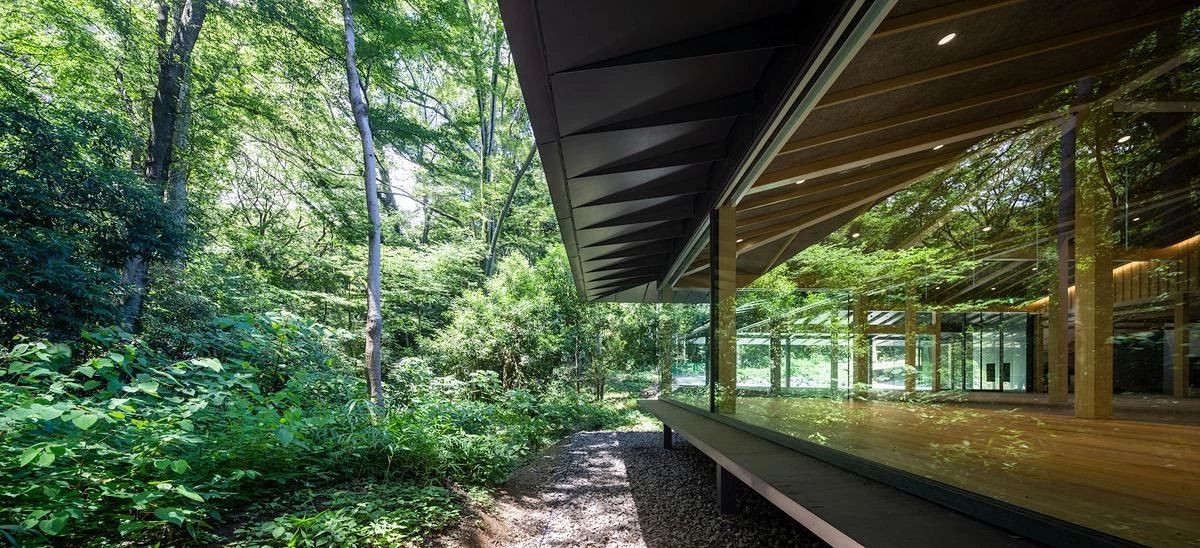
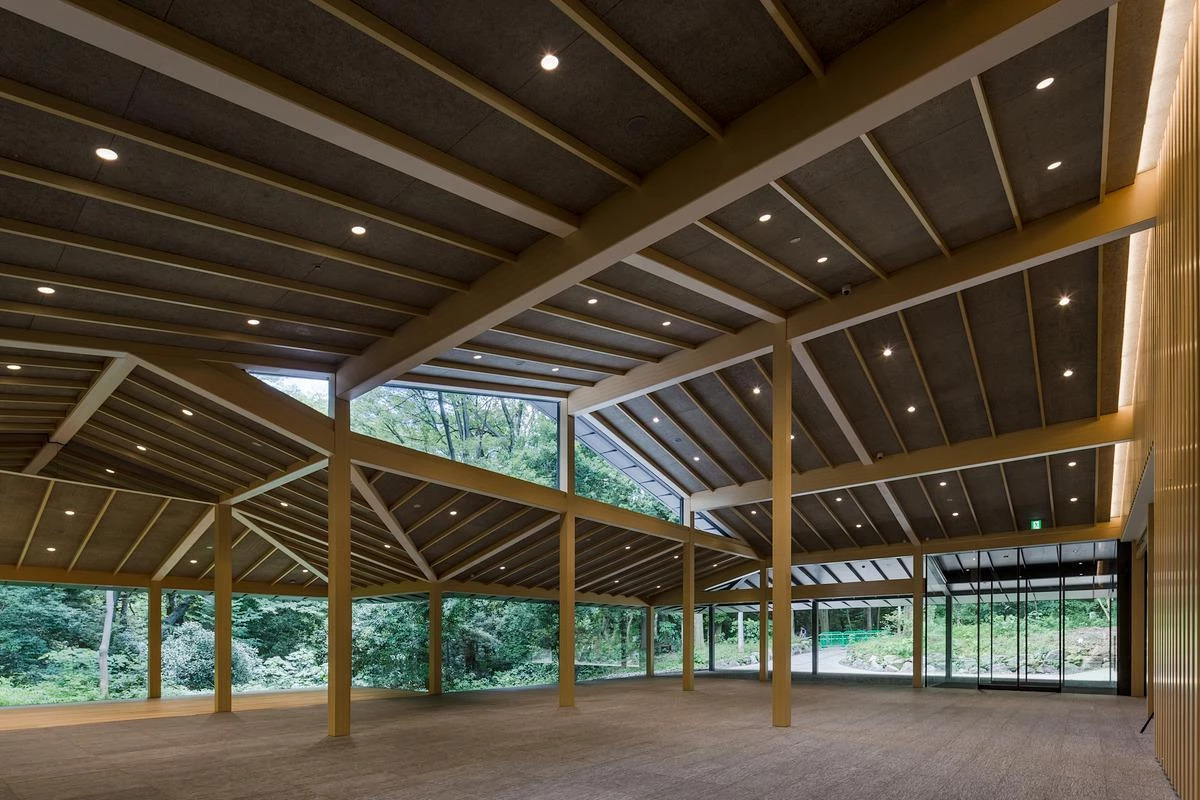
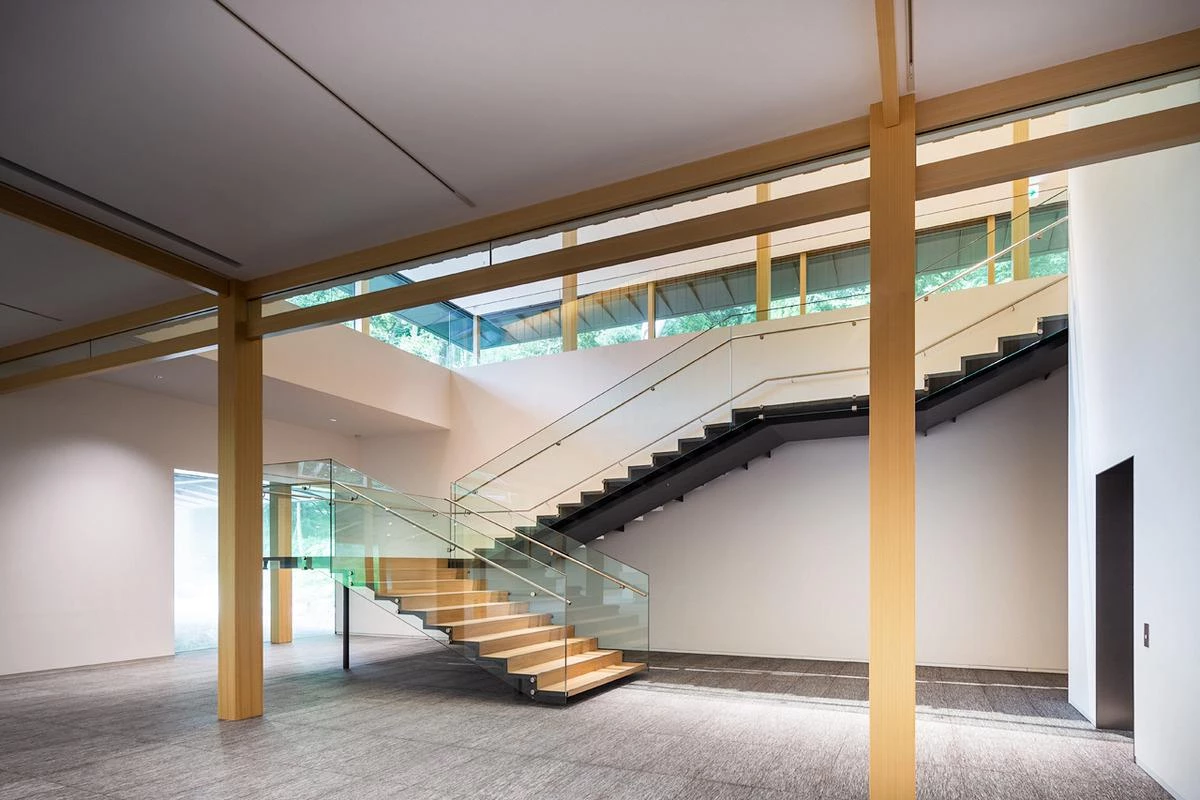
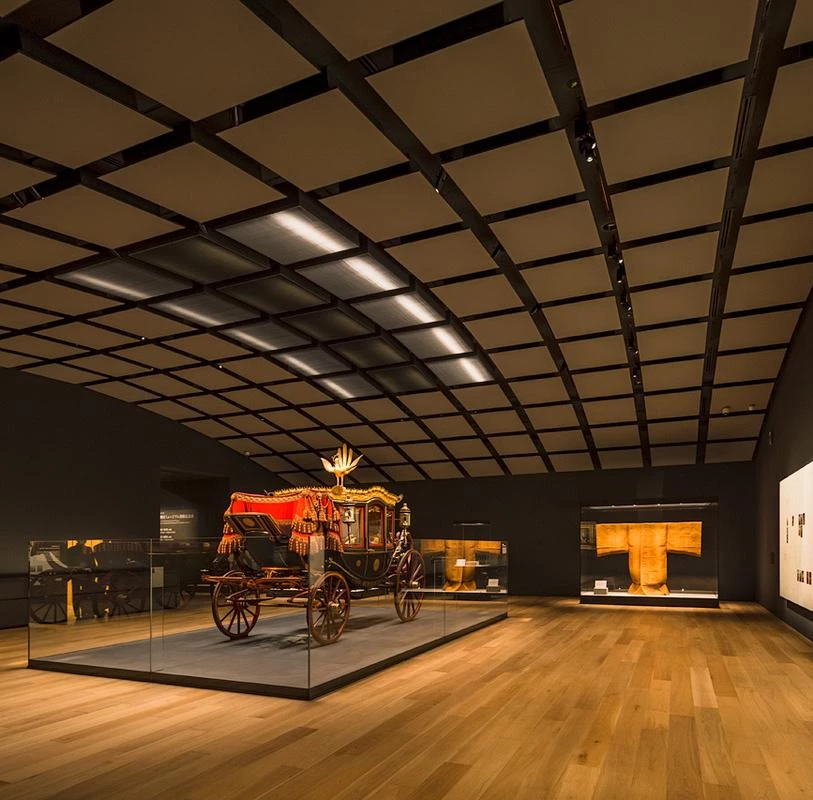
Obra Work
Museo del santuario Meiji Meiji Jingu Museum, Tokyo (Japan).
Cliente Client
Meiji Jingu.
Arquitectos Architects
Kengo Kuma and Associates / Toshiki Meijo, Kosuke Tanaka, Hiroyasu Imai, Masato Shiokawa, Hiroyo Yamamoto (equipo team).
Consultores Consultants
Kanebako Structural Engineers (estructura structure); The Nippon Design Center (gráficos graphics); P.T. Morimura & Associates (instalaciones MEP services).
Contratista Contractor
Shimizu Corporation.
Superficie Area
3293 m².
Fotos Photos
Kawasumi-Kobayashi Kenji Photograph Office.

